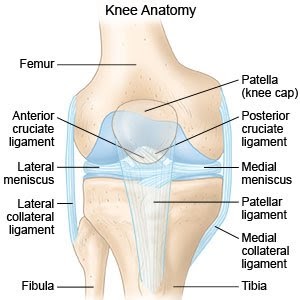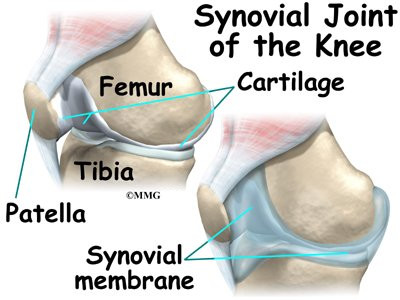
Structural abnormalities or traumas, including car accidents, falls, and contact sports, can cause a knee dislocation. In a knee dislocation, one or more of the bones may slip out of place. Dislocationĭislocating the knee happens when the bones of the knee are out of their proper placement and alignment. Improperly landing from a jump or quickly changing the direction of motion can lead to a tear in the ACL. However, contact sports are not the only cause of this injury. A grade 1 sprain is a mild injury to the ACL, while a grade 3 refers to a complete tear.Īthletes who participate in contact sports such as football or soccer often injure their ACLs. Injuries to the ACL can be serious and require surgery.ĪCL injuries are graded on a scale from one to three. The anterior cruciate ligament (ACL) runs diagonally down the front of the knee, providing critical stability to the joint. Share on Pinterest ACL injuries can range from grade 1 to 3 in severity.

People with underlying osteoporosis may fracture their knees just by stepping the wrong way or tripping. High impact trauma, such as a fall or car accident, causes most knee fractures. The most commonly broken bone in the joint is the patella or kneecap. FracturesĪny of the bones in or around the knee can be fractured. Below are 10 of the most common injuries of the knee. There are many different types of knee injuries. Tendons connect the muscles that support the knee joint to bones in the upper and lower leg. There are four ligaments in the knee that act similarly to ropes, holding the bones together and stabilizing them. The cartilage is the tissue that cushions the bones of the knee joint, helping ligaments slide easily over the bones and protecting the bones from impact. The patella or kneecap covers the meeting point between the femur and tibia. The shinbone, or tibia, makes up the bottom of the knee joint.

The femur, commonly known as the thighbone, is at the top of the knee joint. It moves like a door hinge, allowing a person to bend and straighten their legs so they can sit, squat, jump, and run.

Injury, infection, and degeneration to these parts can be painful and cause mobility problems, but corrective surgery, rehabilitation, and medication can help ease problematic symptoms.The knee is a complicated joint.

Surrounding the connection of the bones, various elements such as bursa (fluid-filled sacs), fat pads, and cartilage pads (strong, flexible tissue called menisci), protect the bones and keep the knee joint moving fluidly. Two of the ligaments between the femur and tibia, the anterior cruciate ligament (ACL) and the posterior cruciate ligament (PCL), create a cross and provide stability to the joint. The ligaments’ ability to flex and bend allow for greater movement of the joint yet provide stability. Sometimes, due to numerous complications, the kneecap comes out of its groove and becomes dislocated, an injury known as patellar subluxation.įibrous bands called ligaments hold these bones together. As the knee bends, the patella slides along a groove in the femur. A tendon at the top of the patella and a ligament at the bottom hold the bone in place. Commonly referred to as the kneecap, this nearly heart-shaped bone at the center of the knee helps extend the knee and protect the joint from impact. The fourth bone of the knee is the patella.


 0 kommentar(er)
0 kommentar(er)
